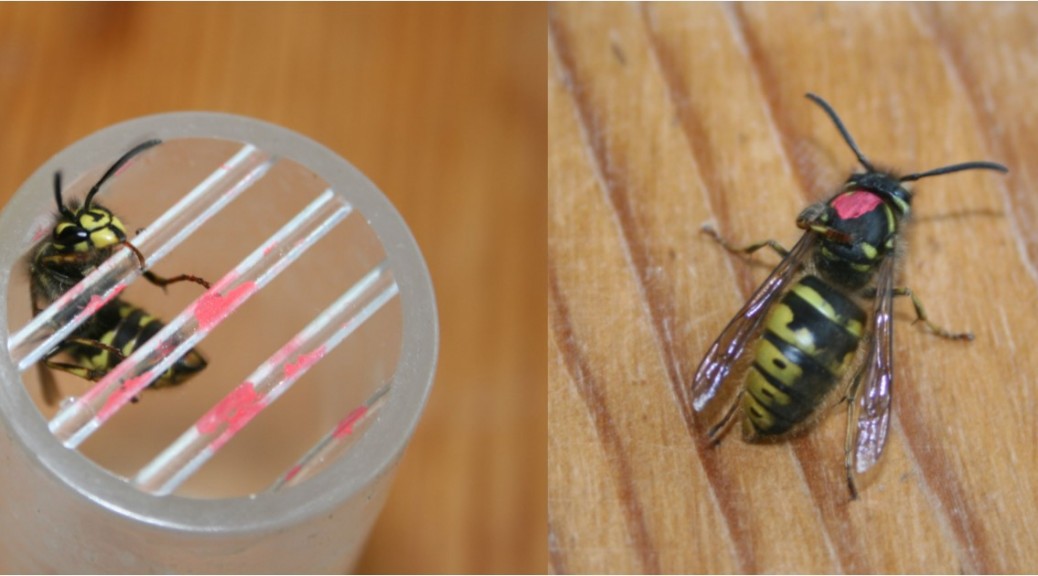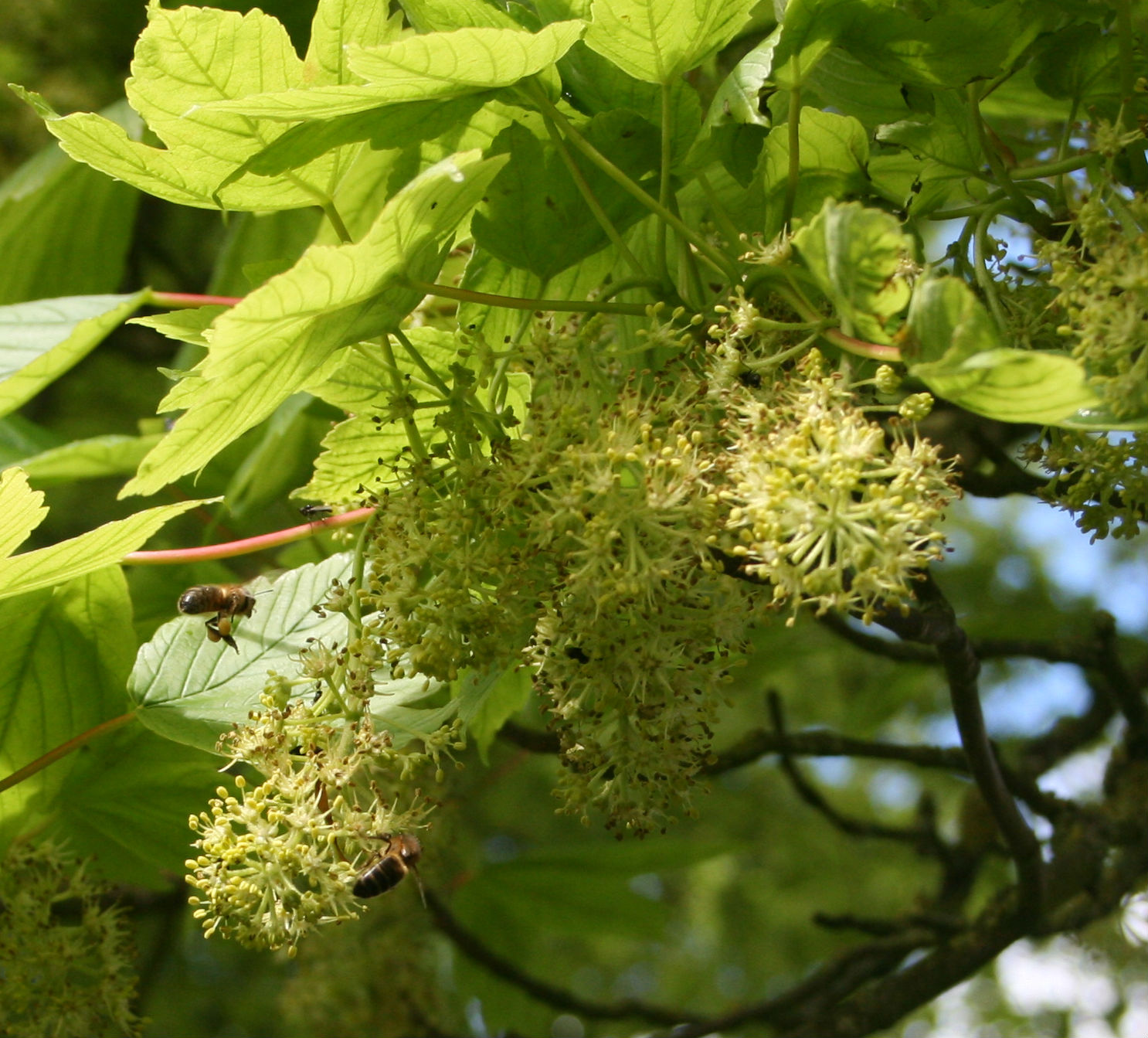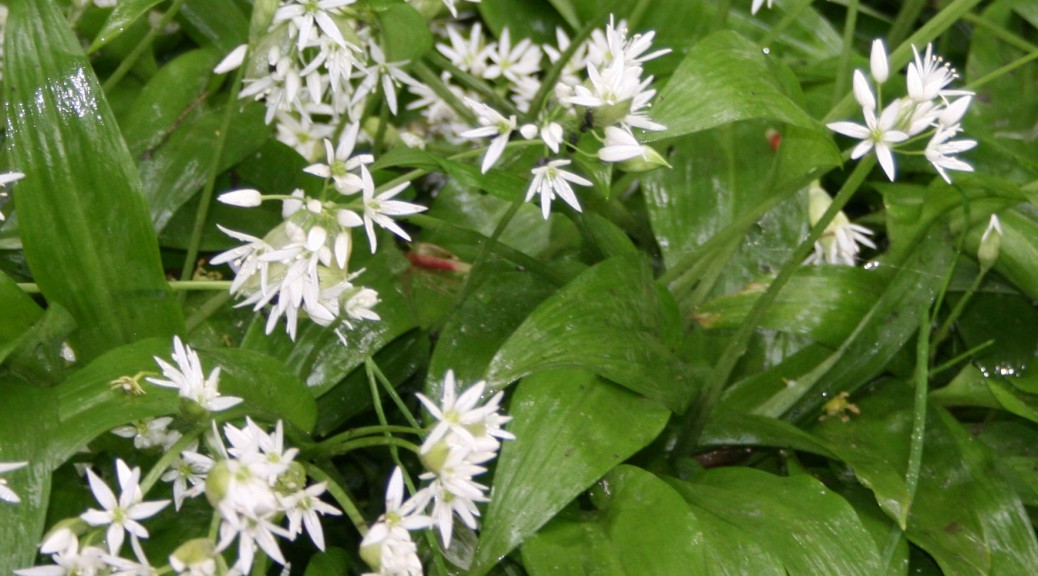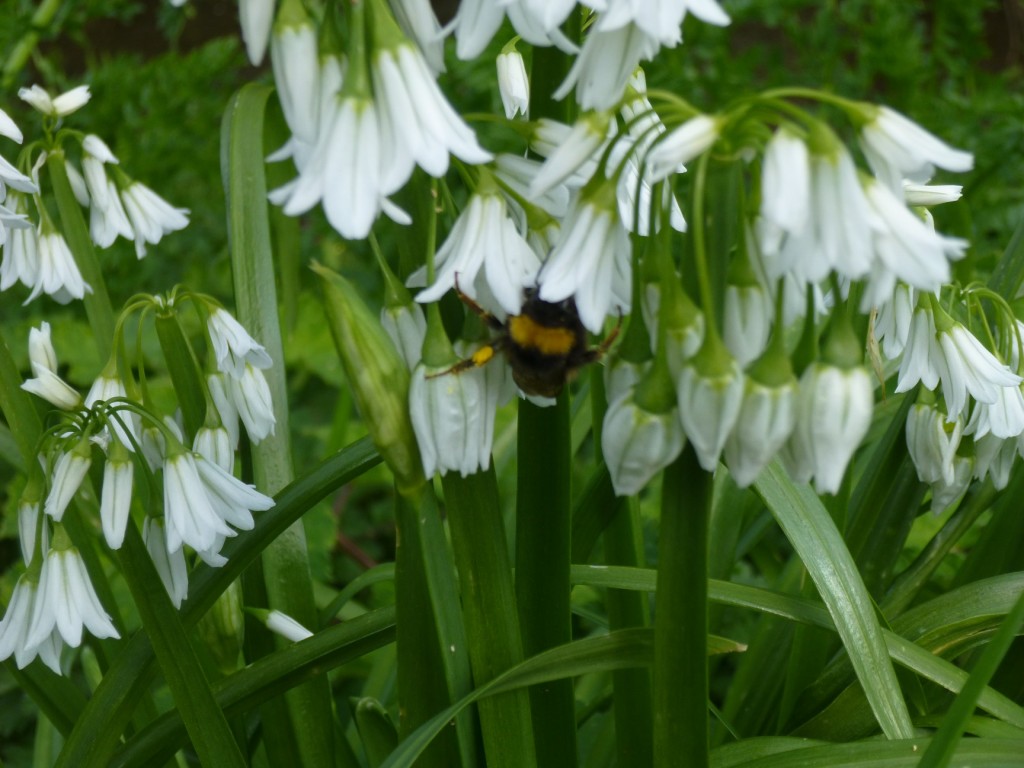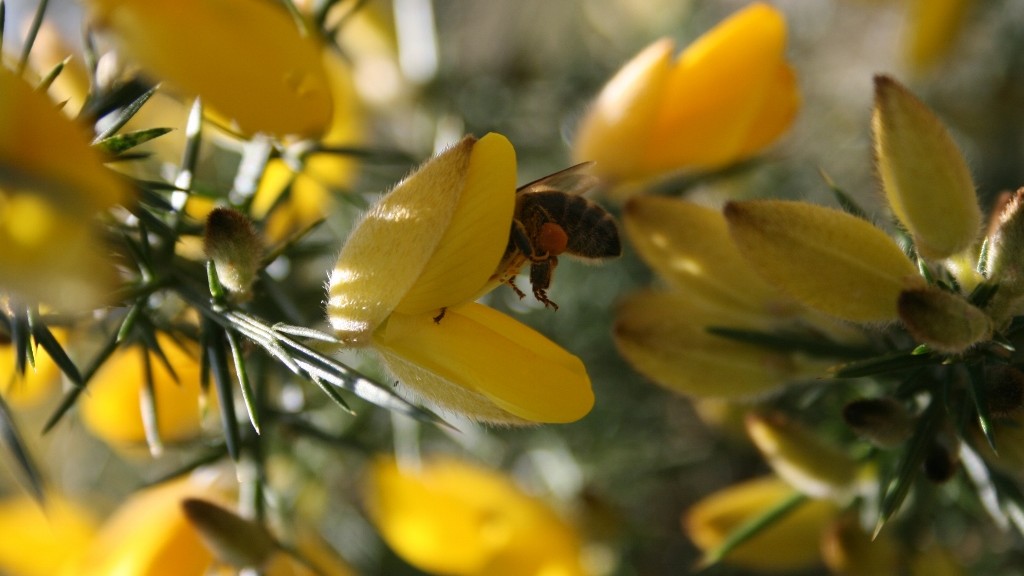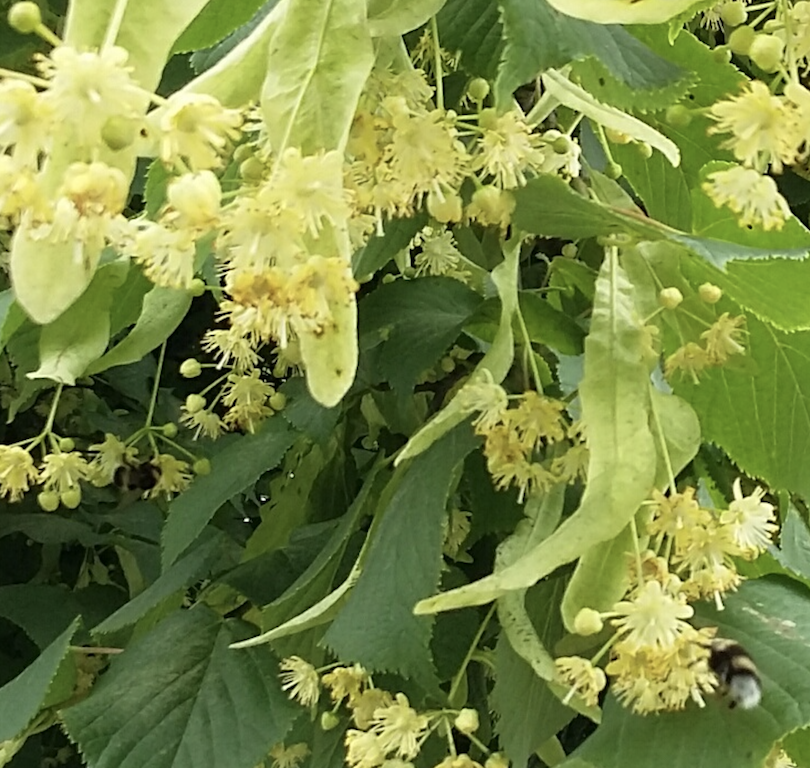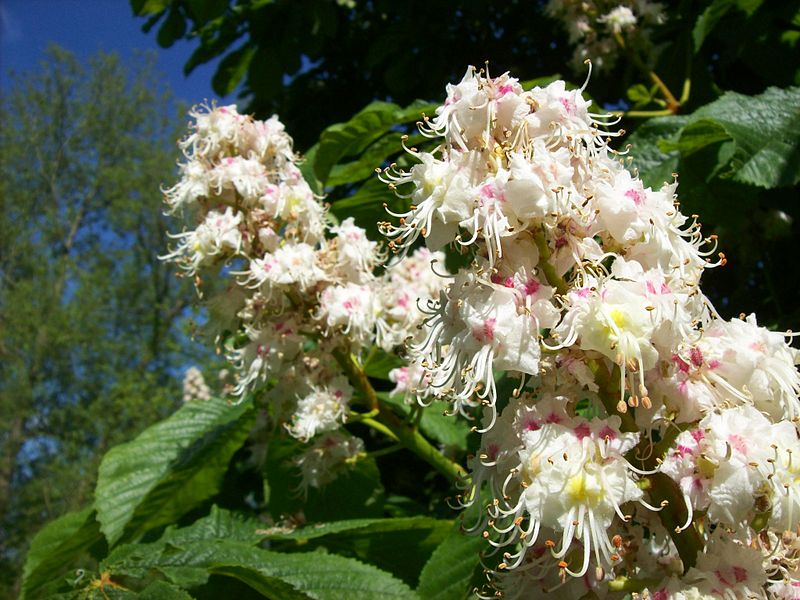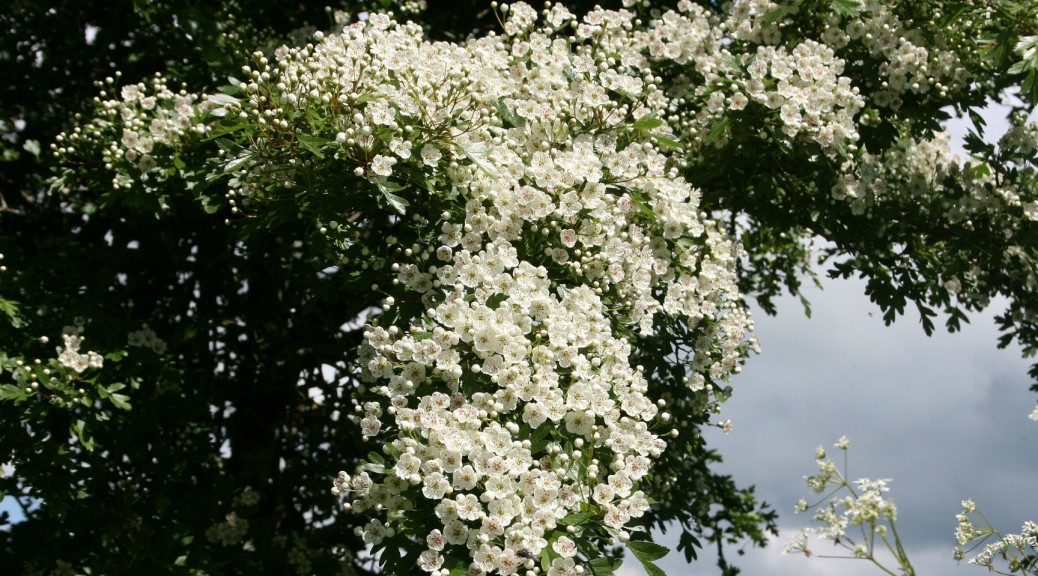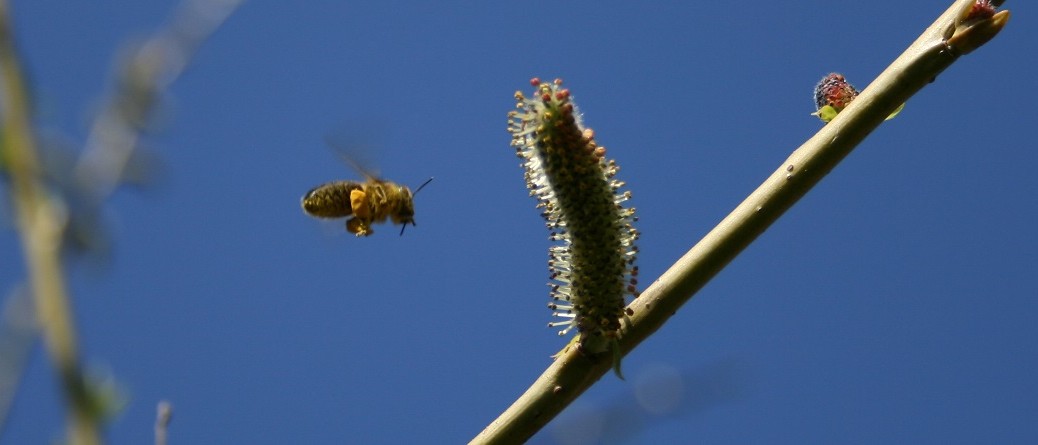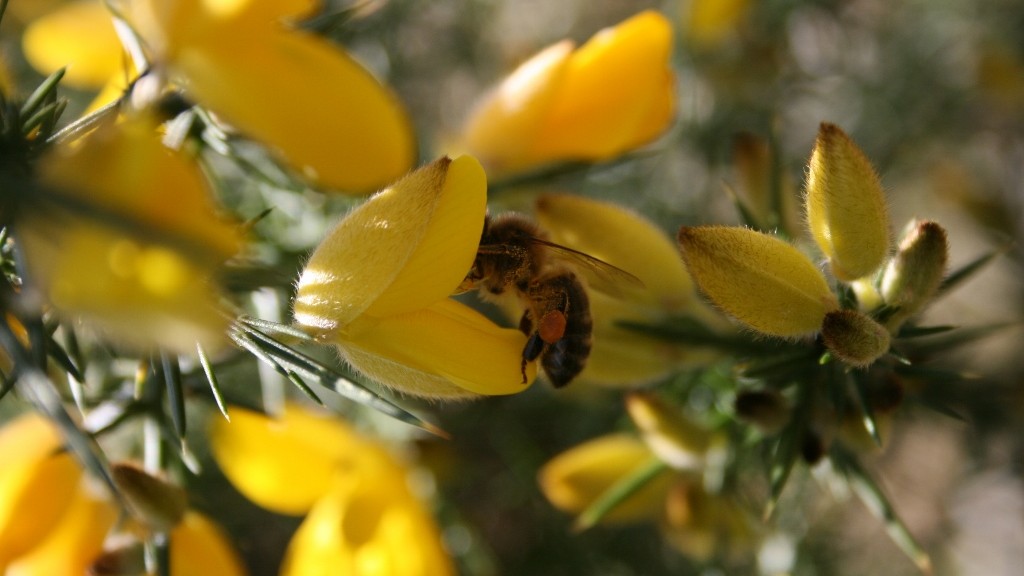There are a lot of wasps about this spring (2014). Unless some predator kills a lot of them, or they get some horrible wasp disease there is going to be a plague of them later this year.
These great big ones you see early in the year are the queens. The emerge towards the end of summer then, after mating, they overwinter in dark corners of your shed or in the hive roofs. I heard of somebody who would stack lengths of timber with little lats between them to provide tempting crevices to attract hibernating wasp queens. Once they were all tucked in and asleep – he’d go and pull all the lats out for christmas. Continue reading Common Wasp
